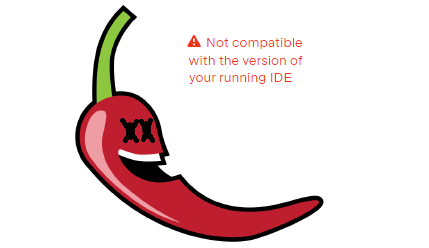Difficulties in introducing a product to international markets
What is product launch and distribution?
The launch of a product is the initial phase of its life when it is introduced to “geeks” or innovators who like everything new. It's important to focus on these users and track key metrics to understand the success of the product. In the growth phase, the audience expands to include those who believe in the future of the product and users looking for a solution to their problems. The interaction strategy must be adapted to each segment. Success depends on understanding and communicating with different user groups at all stages.

In the context of introducing a product to foreign markets, most likely, at least the first two phases have already been completed in the local market. This, on the one hand, proves the viability of the product, on the other hand, localization carries many risks and problems, which I want to outline below.
It seems to me that it is better to look at the difficulties of launching a product in a new market through the prism of product risks:
Value – will customers buy and use the product?
Usability – will customers understand how to use the product?
Viability – Will the product fulfill the business objectives?
Feasibility—Can the product be technically created?
You also need to remember about the risk of humanity or how humane your product will be in relation to society.
In terms of risking the value of a product in a new market, you may encounter an issue of different significance to customers, as the benefit of your product may not be present in a new international market.
The usability risk may be in the language where you are going to launch the product, and not always only translation can help. For example, Arabic languages are written from right to left, which may require major changes to the interface taking into account the behavior of native speakers.
Viability risks include the context of the characteristics of other states; we tend to call this mentality. This also includes the problems of other legislation and a different market structure. It may be monopolized, or represent an oligopoly, be a red ocean or a blue ocean, which will require a global strategy to conquer the market. Well, the last thing on this list is the brand; yes, you may simply not be known in the new market, which will give completely different growth forecasts compared to your local market.
Viability risks include problems with infrastructure and the labor market. The target country may simply not have data centers and high-speed Internet.
Strategies to overcome challenges to successfully launch and distribute a product in the global market
My personal experience was in bringing a no-code platform for creating websites for car dealers and brands (OnePlatform) to the markets of Japan, Germany and the MENA region.
The first problem was localization, at the platform level, that is, we had to learn to translate into several languages, taking into account their features. There were no secrets here; the main assistant was focus on the goal. We were not distracted and moved towards the goal in several teams at the same time.
The next problem we had to face was the different value of the platform for the Arab market. Where, instead of brands, the largest dealership acted, which put us in a dilemma about releasing a special version of the platform, which carried risks of product viability and resource costs for additional support.
The third global problem for the platform's entry into foreign markets was the lack of brand awareness. To solve this problem, we used sales representatives or access to the market through a local brand. Why we considered the option of creating a white label solution for quick adaptation to a new market.
Conclusion
To enter foreign markets, you simply need a strategy leading to the goal. A business must understand exactly why it is doing this and what problem it is solving. Next, you should draw up the economics of this project in order to understand how quickly the money invested will be returned. In my experience, two components helped us along this path: the first is a focus on the goal and the key points of fulfilling our task, the second is a written economy and defense of the concept in front of the CEO and an external consultant, which allowed us to look at the entire project from the outside. As for the problems, it is important to see them, understand the context of the local user as soon as possible and turn their pain into product opportunities to enter a new market.



![20+ more games that pump logic, algorithms and delight the smart brain [по следам комментариев на Habr]](https://prog.world/wp-content/uploads/2022/01/kmxnwer2smdcbhq-6pjtlanyft4.gif)

